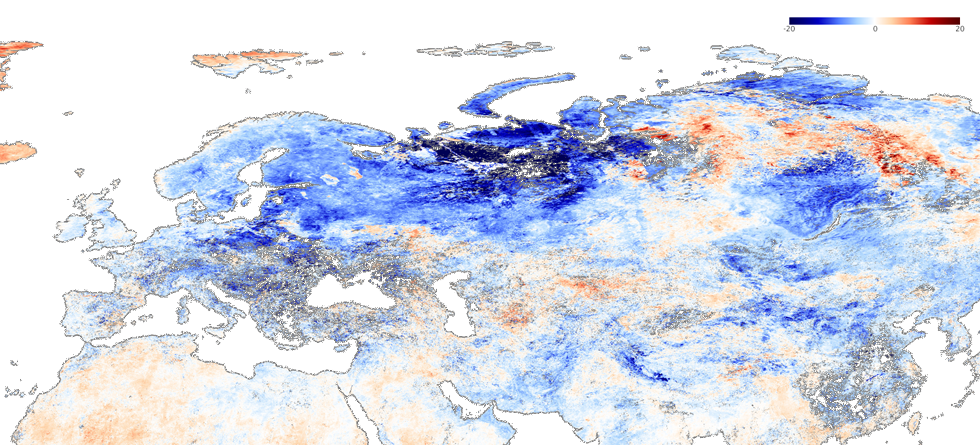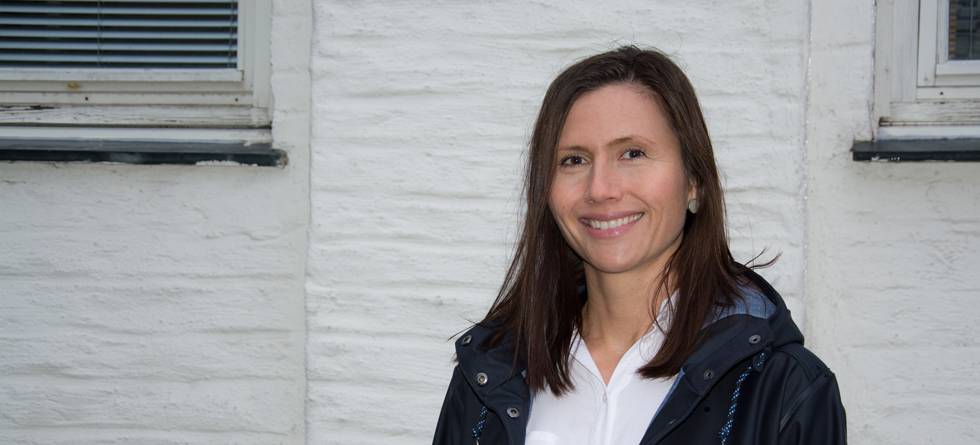Name: Svetlana A. Sorokina
Nationality: Russian
Postdoc project title: Recent Northern Hemisphere winter temperature trends in the context of internal climate variability
– Can you describe your project?
– Increase of the global surface temperature beyond the bounds of natural variability has become evident since the 1970s. Both the 1990s and the 2000s have been the warmest decades in the instrumental record, dominated by near-surface warming in the high latitudes, particularly during the winter season. However, midlatitude winter temperature trends since 1990 exhibited cooling, particularly over northern land areas. A question whether this continental cooling is related to extraordinary warming in the Arctic and anthropogenic forcing or natural internal variability has emerged as a major debate among scientists.

In our study we look into the relationship between the recent temperature trends and various patterns of natural atmospheric variability. We probe available observations and various model simulations from 20 models that were part of the Coupled Models Intercomparison Project Phase 5 (CMIP5). We evaluate whether and how the recent winter temperature trends over Europe, Asia and USA may be in part described by natural climate variability.
We have found that most of the unusual cooling at the continents has been driven by natural variability in atmosphere. We are still looking at whether or not, and how, the ocean may reinforce this variability on decadal time scales.
– Can you place your work in a broader context? Where is your piece in the big puzzle?
Understanding and distinguishing between human-induced and natural variability in climate is critical for both attribution of recent climate changes and assessing the future impacts of anthropogenic forcing on temperature, droughts, weather extremes and other climate phenomena. Our project will further contribute to better understanding of natural atmospheric variability from year to year and decade to decade.
– Does your project involve international collaboration?
The project is closely related to the activity of various research groups both in Norway and outside the country. The preliminary idea of this project was developed in collaboration with Justin J. Wettstein, Camille Li and Nils Gunnar Kvamstø. All three are affiliated with the Bjerknes Centre as well as the Geophysical Institute at the University of Bergen, while Justin Wettstein’s main position is at the College of Earth, Ocean, and Atmospheric Sciences at Oregon State University in the United States.
– What do you find most interesting about your work?
– The most exciting part of my work is to see how large atmospheric and oceanic forces rule the world’s climate, imprinting our everyday life. When my Mom calls me from Siberia and says that they had an unusually cold winter, I know that most likely it has been unusually warm in the Arctic, and we can expect a new winter sea ice minimum. Also, tracking and understanding climate variations give me a sense of what we can expect in the future and be prepared for questions like “Why is it not getting warmer?” or “When is summer coming?”.

